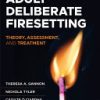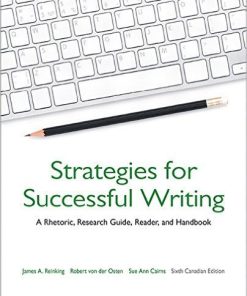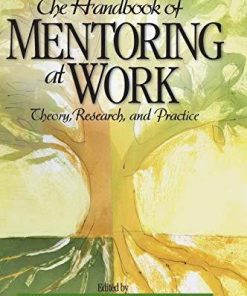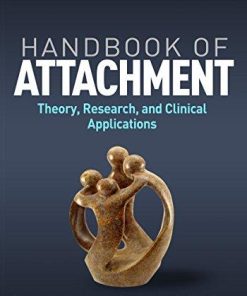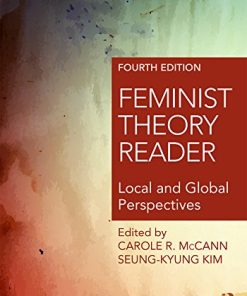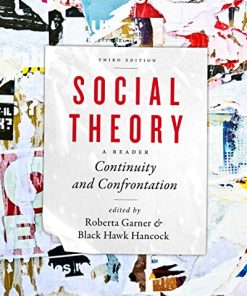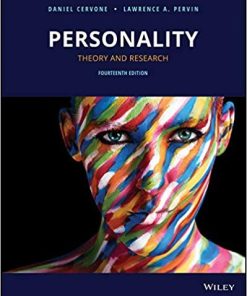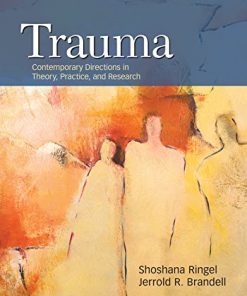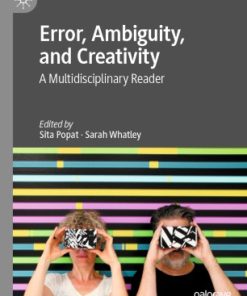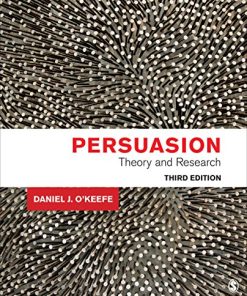Attachment Theory and Research A Reader 1st Edition by Tommie Forslund, Robbie Duschinsky 1119657903 9781119657903
$50.00 Original price was: $50.00.$25.00Current price is: $25.00.
Attachment Theory and Research : A Reader 1st Edition by Tommie Forslund, Robbie Duschinsky – Ebook PDF Instant Download/DeliveryISBN: 1119657903, 9781119657903
Full download Attachment Theory and Research : A Reader 1st Edition after payment.
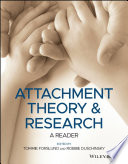
Product details:
ISBN-10 : 1119657903
ISBN-13 : 9781119657903
Author : Tommie Forslund, Robbie Duschinsky
As interest in attachment theory continues to grow, misconceptions of the theory are becoming increasingly common. Important texts on major theoretical and empirical contributions are often too extensive for non-specialist readers or not readily available to clinicians. Designed to address a significant gap in literature, Attachment Theory and Research: A Readerpresents a carefully curated selection of book chapters and journal articles on the subject–complemented by previously unpublished material by the founder of the theory. This valuable new resource provides practitioners, students, policymakers, and general readers an accessible and up-to-date view of the concepts, development, and diversity of attachment theory.
Attachment Theory and Research : A Reader 1st Table of contents:
1 Separation Anxiety
Observations of Young Children
Principal Theories
Primary Anxiety, Fright, and Anxiety Dependent on Learning
Ingredients of Separation Anxiety
Origin of Separation Anxiety of Pathological Degree
Conclusion
Appendix: Appendix
References
2 Anxiety, Stress, and Homeostasis
Homeostasis
Homeorhesis
Health and Ill‐Health
Disturbances of Homeostasis
Threats of Disturbance of Homeostasis
A Distinction Between Fear (or Alarm) and Anxiety15
Inter‐relations of Fear (or Alarm) and Anxiety
Fear and Anxiety, Conscious and Unconscious
3 Attachment
Deprivation and Separation
Bowlby’s Theory of Infant–Mother Attachment
The Caregiving Behavioral System
Patterns of Attachment of Infant to Parent
The Development of Child–Mother Attachment Beyond Infancy
Stability and Change of Patterns of Infant–Mother Attachment
Attachment Patterns and Later Development
Anxious Attachment and Some Disorders Associated With It
Secure Attachment and the Growth of Self‐Reliance
Pathways for the Growth of Personality
Responses to Loss
Childhood Experiences and Cognitive Biases Relevant to Disordered Mourning
Affectional Bonds Throughout the Life Span
References
4 Love as Attachment
Attachment Theory Summarized
Similarities Between Infant Care‐Giver Attachment and Adult Romantic Love
Three Kinds or Styles of Attachment
Two Studies of Love as Attachment
Limitations of Our Initial Studies
Three Behavioral Systems: Attachment, Care Giving, and Sexuality
Broken Attachments: Grieving for Lost Love
Conclusion
References
5 Relationships, Self, and Individual Adaptation
An Organizational Perspective
The Emergence of the Self
Self as Inner Organization
Empirical Implications of the Organizational/Relationship Perspective
Conclusion
References
6 Disorganized/Disoriented Infant Behavior in the Strange Situation, Lapses in the Monitoring of Reasoning and Discourse during the Parent’s Adult Attachment Interview, and Dissociative States
Attachment Theory and Infant Response to Separations from the Parent in a Strange Environment
From “Unclassifiable” to “Disorganized/disoriented” Infant Attachment Status: The Recognition of a New Infant Attachment Category and its Probable Relation to Frightening and/or Frightened Parental Behavior
Parallel Distributed Processing and Working Memory
Summary
References
7 The Prototype Hypothesis and the Origins of Attachment Working Models: Adult Relationships with
Method
Results
Discussion
Concluding Comments
References
8 Dynamics of Romantic Love
A Reference Case: The Feynmans’ Attachment Relationship
Still, What About the Feeling of “Love”? What Does it Mean to Say “I Love You”?
Putting the Three Behavioral Systems Together
Further Questions
References
9 Integrating Temperament and Attachment
The Nature and Nurture of Attachment and Temperament
Three Traditional Views on Temperament and Attachment: Orthogonal, Oblique, and Reciprocal
Reconciliation and Integration: Diathesis–Stress and Differential Susceptibility
The Moderating Role of Temperament
Directions for Future Research
Further Reading
References
10 Annual Research Review
Introduction
Clinical Presentation: Classification and Measurement
Causes and Risk
Correlates of RAD and DSED
Course and Outcomes
Effects of Intervention
Future Directions
References
11 Attachment Disorders Versus More Common Problems in Looked After and Adopted Children
Introduction
Method
Results
Discussion
References
12 Attachment in the Early Life Course
The Developmental Significance of Early Attachment Security
The Developmental Significance of Early Avoidant, Resistant, and Disorganized Attachments
Looking Ahead and Conclusion
References
13 Attachment and Biobehavioral Catch‐up
Introduction
Summary
References
14 Children’s Multiple Attachment Relationships and
Attachment Representations
Conclusions
References
15 New Correlates of Disorganization from a West‐African Dataset, and
Background
Theoretical and Empirical Background
Methods
Results
Discussion
Conclusions
References
People also search for Attachment Theory and Research : A Reader 1st:
a brief overview of adult attachment theory and research
contributions of attachment theory and research
the insecure ambivalent pattern of attachment theory and research
recent developments in attachment theory and research
fathers in attachment theory and research a review
Tags: Attachment Theory, Research, A Reader, Tommie Forslund, Robbie Duschinsky
You may also like…
Uncategorized
Social Theory: Continuity and Confrontation: A Reader, Third Edition 3rd Edition, (Ebook PDF)
Uncategorized
Trauma: Contemporary Directions in Theory, Practice, and Research 1st Edition, (Ebook PDF)
Politics & Philosophy
Error, Ambiguity, and Creativity: A Multidisciplinary Reader 1st Edition Sita Popat



